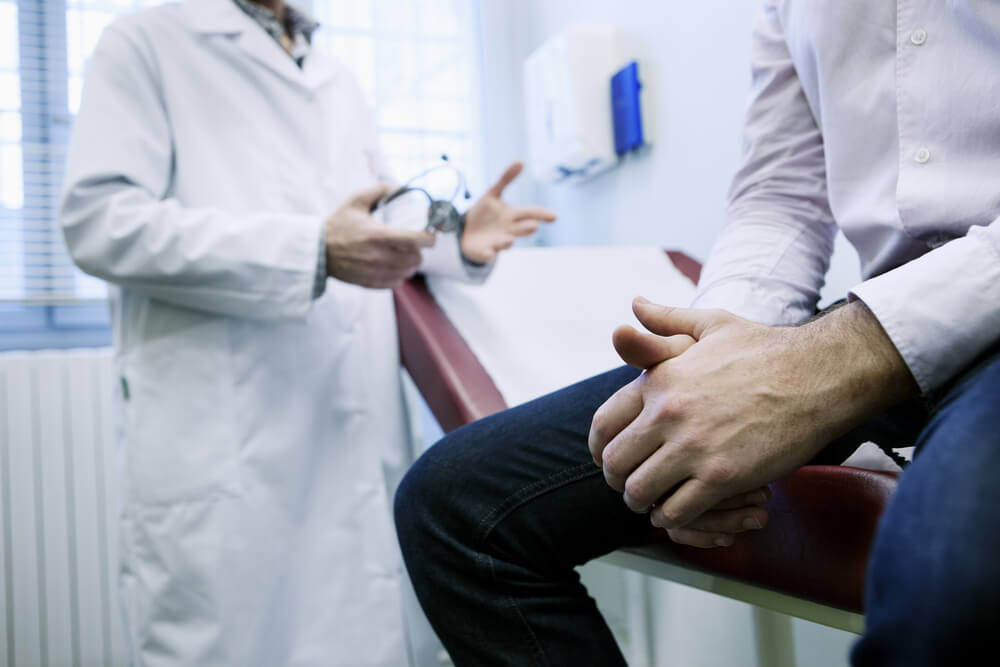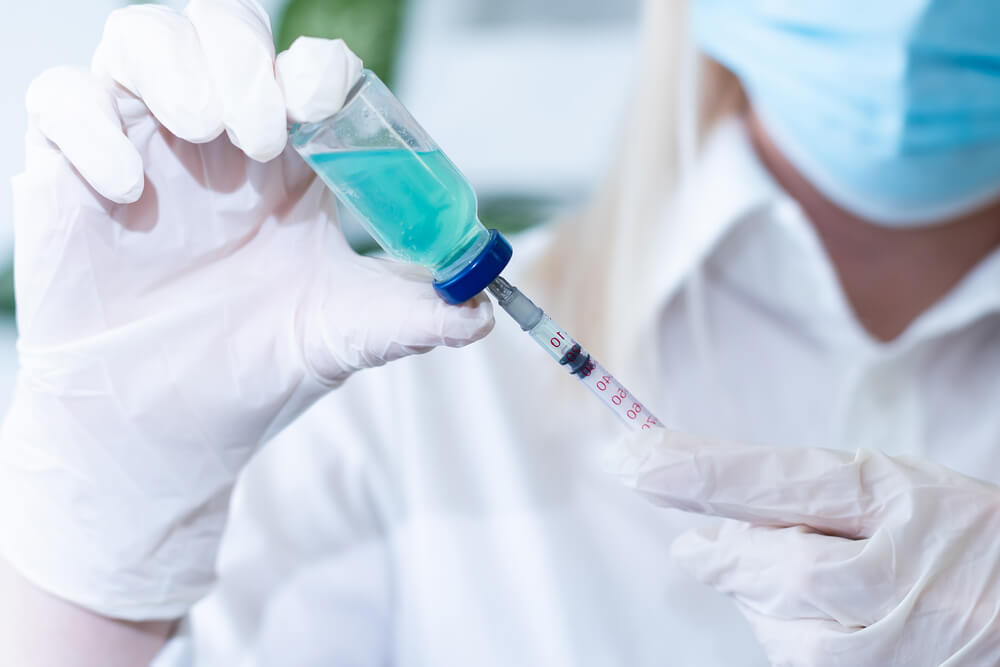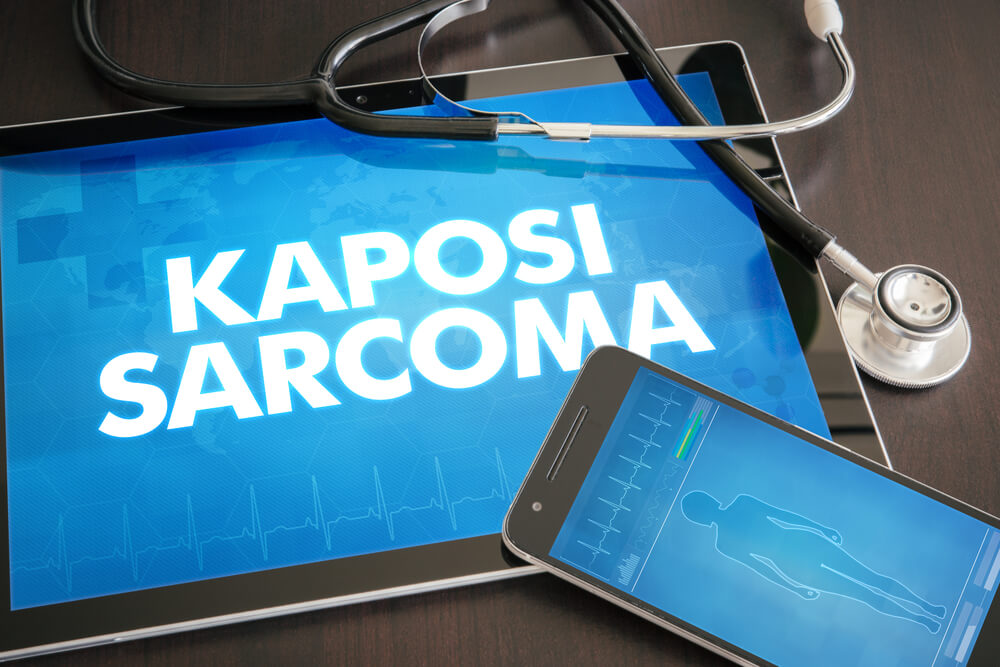Kaposi’s sarcoma is defined as a malignancy where the cancer cells spread either on the skin or the mucous membranes that line the GI or gastrointestinal tract, from the mouth, through the stomach, intestines, all the way to the anal opening.
Most often, sarcoma cancer tumors appear as nodules or small purple patches on the membranes and skin. They can also spread to the lymph nodes and other organs. Generally, it’s more typical in men and in people who have a weakened immune system.
In this article, we’ll talk about the most common symptoms of the disease, cover options regarding sarcoma treatment, and other valuable information.
Please, read on.
Sarcoma Cancer Causes
Kaposi sarcoma is exclusively caused by human herpesvirus 8, or Kaposi sarcoma-associated herpesvirus (KSHV) invections. The virus comes from the same family as the Epstein-Barr virus, which is relatively rare in the US, with less than one percent of the US population being virus carriers.
The virus (as well as Kaposi sarcoma) is generally more common in other parts of the world.
As of now, it’s poorly understood how someone acquires the virus, and scientists have managed to gather only some evidence regarding how KSHV is acquired and what might trigger the emergence of cancerous cells in the carriers.

Kaposi Sarcoma Risk Factors
As mentioned above, patients must be infected with the KSHV virus to develop this sarcoma cancer. Still, we must also state that most patients who carry the virus will never actually develop cancer. The malignancy usually occurs in HIV-positive patients with weakened immune systems, people who received organ transplants, or whose immune systems became weak from various other reasons (in some cases, even age).
Kaposi Sarcoma Types
Generally, the malignancy may appear in four different cases, and the route of the Kaposi sarcoma treatment will partly depend on the setting in which the cancer developed.
AIDS-Related Kaposi Sarcoma
Most cases of KS in the US are related to HIV in KSHV-infected patients. As a matter of fact, HIV-positive men who have sexual relations with other males are at a greater risk of getting Kaposi sarcoma. Experts presume that sexual transmission may be behind the infection, but the virus is usually detected in saliva, not semen.
Kaposi sarcoma was most prevalent during the AIDS epidemic in the US. Still, since then, it has become less common, with about concerning only six individuals per one million people each year.
Mediterranean or Classic Kaposi Sarcoma
This subtype of sarcoma cancer is most prevalent in older males of Middle Eastern, Eastern European, and Mediterranean descent. KSHV infections are more prevalent in these parts of the world, but experts still don’t have a conclusive answer to why infection rates are higher here.
Scientists believe that Kaposi tumors (like in the case of other subtypes) form because of a weakened immune system, mainly as a result of old age.
African or Endemic Kaposi Sarcoma
KSHV infections are more prevalent in some parts of Equatorial Africa, also increasing the risk of the development of Kaposi sarcoma. As in the case of Classic Sarcoma, experts presume that the virus spreads through saliva from the mother to the child.
Transplant-Related Kaposi Sarcoma
Patients who receive bone marrow or organ transplants will also have to take immunosuppressant drugs to stop their own immune system from attacking the new organ. When the patient is already infected with the KSHV virus, they are at a greater risk of developing KS.
Kaposi Sarcoma Symptoms
The signs of the malignancy may show as:
- Kaposi’s sarcoma lesions: Or skin lesions. These are often small purple, brown, or red spots that may be raised or flat KS lesions. They may occur in a single area or may spread over larger areas over the body. The KS lesions may appear on the legs, face, and feet.
- KS lesions on the mucous membranes: The lesions may also occur throughout the gastrointestinal tract, the mouth, or the anus.
- Kapos’s sarcoma lesions in the body: The KS lesions may also spread to the lungs, restricting breathing or may causing patients to cough up blood.
- Swollen lymph nodes: If the malignancy spreads to the lymphatic system, it may cause painful leg swellings.
Diagnosing Kaposi Sarcoma
If a medical expert suspects Kaposi sarcoma in a patient, they will order several exams, which may be:
- Skin biopsy: The doctor will remove some tissue from the suspicious lesions to look for the presence of cancerous cells.
- Endoscopy: In the case of anemia, abdominal pain, and bloody stools, the doctor may recommend a colonoscopy or upper endoscopy.
- Bronchoscopy: This examination looks at the airways and trachea in great detail.
- Chest X-ray: It’s common for the disease to spread to the lungs, so most patients will also have to undergo a chest X-ray to check for lung involvement.
Kaposi Sarcoma Treatment
Unfortunately, the virus that causes cancer can’t be treated. People who contract KSHV will always have it. Because of this, the treatment for Kaposi sarcoma will revolve around treating the malignancy and managing symptoms. The best course of action will always depend on the extent of the damage and the specific diagnosis.
Experts usually advise against assuming that the malignancy has spread and isn’t localized. As such, the following treatment strategies may be utilized to help patients overcome Kaposi sarcoma:
- Improving the functioning of the immune system: In most cases, the most effective treatment is strengthening the immune system and fighting the weakness that allows the cancer to grow and spread. This can be achieved in several ways, and other therapies like chemotherapy should be used cautiously because of the preexisting immunity concerns.
- Local therapies: Some doctors recommend injection chemotherapy in the KS lesions and treating them with topical compounds. Excisions, cryosurgery, local radiation, or phototherapy may also be used to address small lesions.
- Immunotherapy: This treatment method for sarcoma cancer revolves around activating the immune’s systems natural capacity to combat malignancies. It has shown immense promise in the fight against other cancer types, and now researchers are eager to see just how effective immunotherapy may be in treating KS.
- Chemotherapy: After trying to strengthen the immune system but to no prevail, experts may advise chemotherapy as a follow-up treatment. Most often, the chemo drugs are administered intravenously, but in some cases, patients may receive oral therapies.
Lastly, surgery won’t usually be an option as it has proven to be ineffective at treating the disease. Most often, the KS lesions will occur following surgical interventions.

Opting for Expert Help
Fortunately, Kaposi can be very treatable because most people respond to these treatments. On the other hand, the disease is relatively rare in the United States.
Still, if you have any questions or concerns regarding Kaposi or the KSHV virus, feel free to schedule an appointment with Dr. Omar Rashid Medicus Elite, who will be more than happy to answer your questions.


